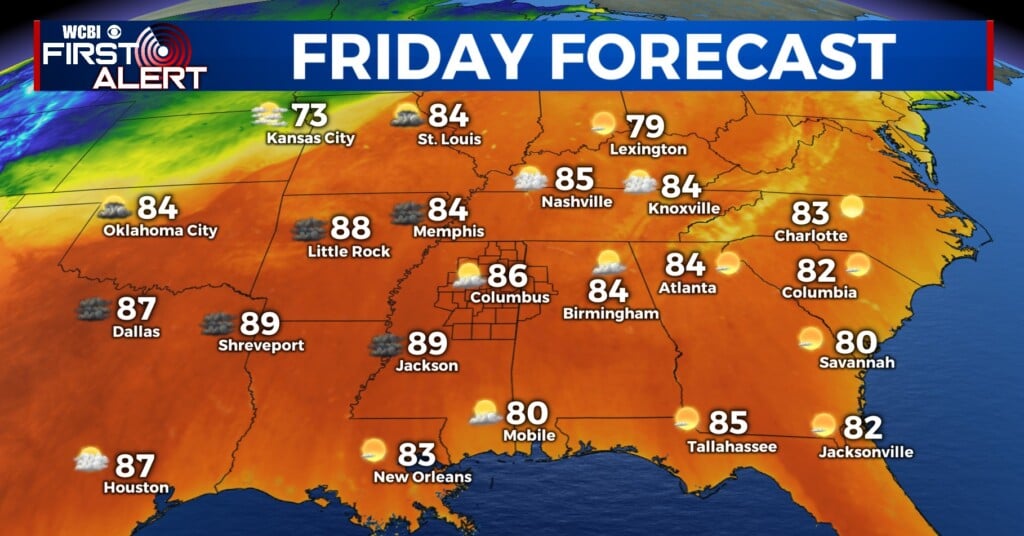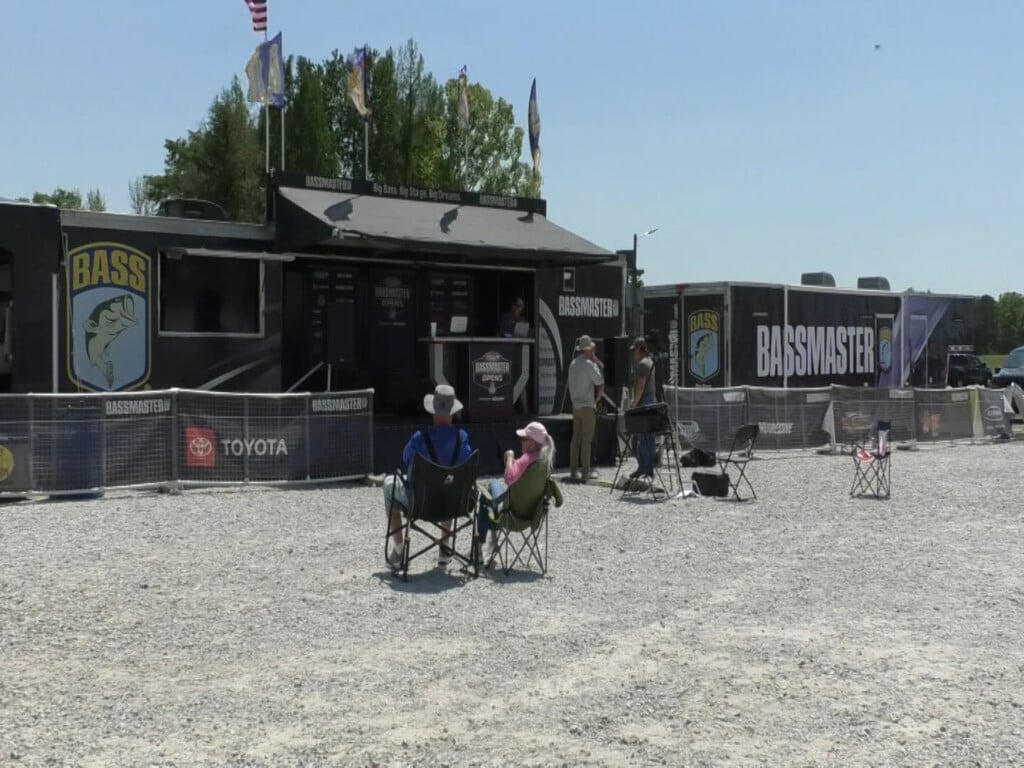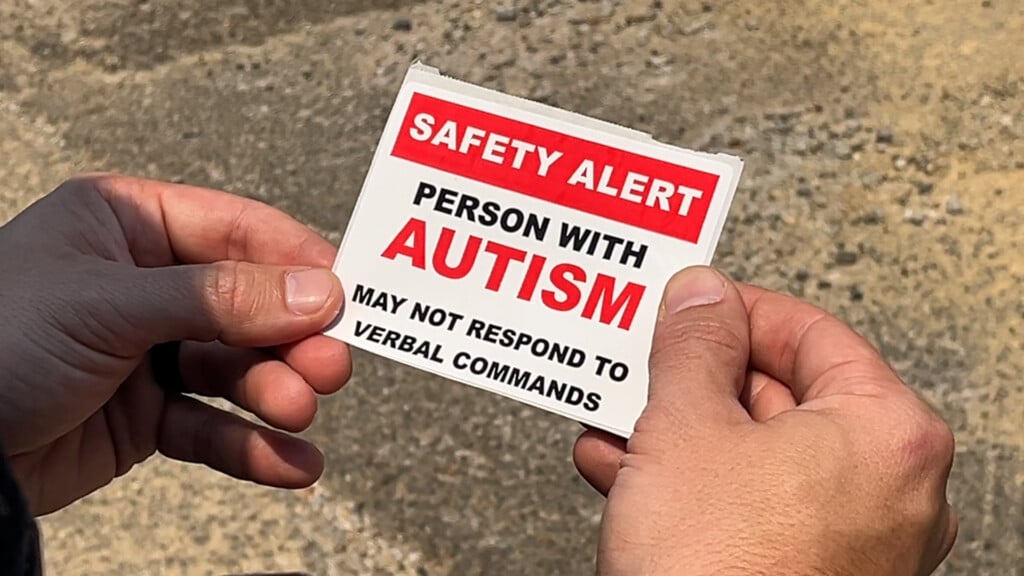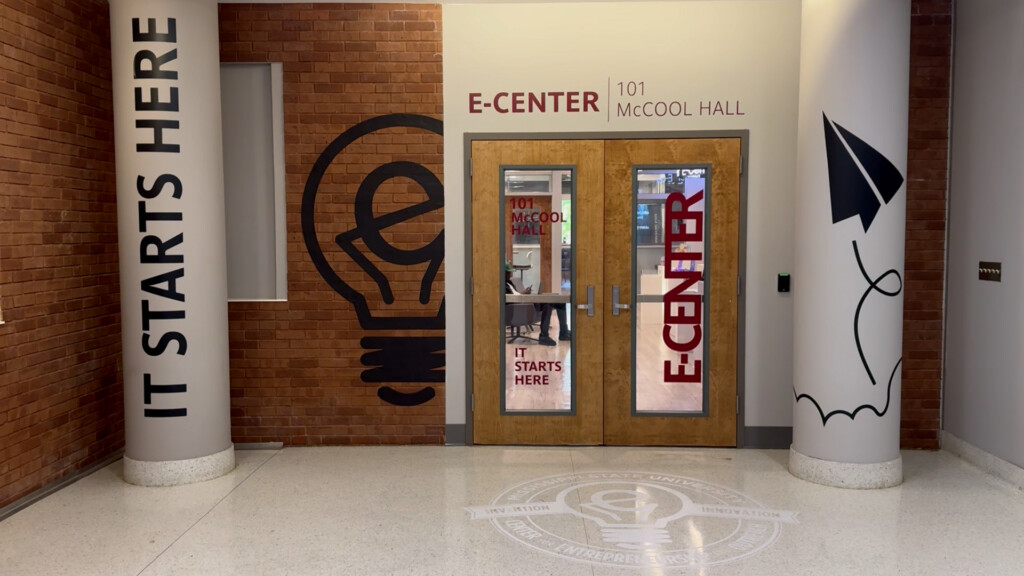19 years later: How Hurricane Katrina changed EMA
MISSISSIPPI (WCB) – Hurricane Katrina made landfall on the Mississippi Gulf Coast on August 29, 2005.
The powerful hurricane changed the landscape of the Coast and the lives of thousands of people.
EMA director Cindy Lawrence said 19 years ago, the Lowndes County region prepared for the impact of Hurricane Katrina.
“We knew that people would be evacuating from the coast, coming north,” Lawrence said. “Most of us thought they would probably end up in Meridian, and not come up north closer to us.”
But they did. Evacuees came from not only the Mississippi Gulf Coast, but Lawrence says the majority were from Louisiana.
Lowndes County would feel the force of the storm.
“Here in Lowndes County, we ended up getting 90 per hour winds, which caused lots of damage here for us,” Lawrence said. “Not only were we dealing with evacuees coming here, we were dealing with our own citizens that were affected by the storm. Homes and businesses were damaged, we were dealing with that also.”
For the first two months, state and federal officials were overwhelmed, delaying help in many areas.
Volunteers had to step in and help.
“We went as far as asking residents if they would actually take some of the evacuees in,” Lawrence said. “We made it work. The ‘W’ opened up dorms to let them stay there, and Columbus Air Force Base, opened up homes out there to let them move into. We also had Hughes School, we opened it up, and thankfully the hospital helped us with beds.”
The Mississippi Emergency Management Agency says one of the biggest lessons learned was to consider those with access and functional needs.
“We saw a huge gap in that response, and when we’re talking about those with access and functional needs, did they have the ability to evacuate, do they know where those resources were coming from?” said MEMA Chief Communications Officer Malary White. “Did we have the sign language interpreters and different things like that to prepare that specific group to be able to recover and evacuate from a storm as catastrophic as Hurricane Katrina?”
One direct effect of that, FEMA has disability integration advisors and Mississippi has one on the state level.
“We do everything to make sure shelters are ADA compliant, we make sure our graphics are compliant with those who may be colorblind, we ensure we have sign language interpreters at our press conferences, or we put close captioning on, so all Mississippians can receive very pertinent, very critical, and sometimes lifesaving information,” White said.
Advancements in communication have helped at the state and local levels.
Overall, Katrina was the most catastrophic storm in 19 years, but MEMA’s Malary White says that is a testament to the mitigation work that has been done and work that is still being done.
“We take the lessons from Hurricane Camille, we take the lessons from Hurricane Katrina, the tornadoes that hit last year,” White said. “We continue to train, learn new techniques, and make sure we understand new technology. That is our goal, to continue to get better with every disaster, but it’s also to continue to prepare our citizens to understand these disasters are coming. So you need to be prepared.”
Mississippi is one of 14 states with a business emergency operations center where businesses and organizations work with MEMA to help coordinate resources in a disaster.
Lawrence says at the local level, businesses and community members give what they can to help as well.




